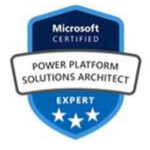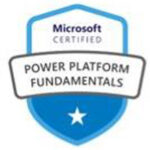
Microsoft SharePoint Migration is a crucial step for organizations looking to modernize their digital workplace. Whether you’re transitioning from on-premises SharePoint, a file server, or a third-party platform, this guide will help you understand key migration types, best practices, and strategies to ensure a seamless transition.
1. SharePoint Version Upgrades
Organizations still using on-premises SharePoint versions, such as SharePoint 2013, 2016, or 2019, can upgrade to SharePoint Online (Microsoft 365) for enhanced collaboration, security, and cloud benefits. This SharePoint migration reduces infrastructure costs while offering better scalability and integration with other Microsoft 365 apps.
2. File Share to SharePoint Migration
Moving from network file shares (NFS, SMB, etc.) to SharePoint Online enables better collaboration and accessibility. This includes:
- Transitioning from local file servers to OneDrive and SharePoint Online.
- Restructuring files into modern document libraries with metadata tagging, improving searchability and organization.
3. SharePoint Classic to Modern Experience Migration
Organizations still using classic SharePoint should migrate to the modern experience to leverage an improved UI and enhanced features. Key migration steps include:
- Converting classic pages, lists, and libraries to modern UI.
- Migrating classic workflows to Power Automate.
- Implementing modern Team sites and Communication sites for better engagement.
4. SharePoint Workflow & Automation Migration
Legacy workflows built using SharePoint Designer, Nintex, or K2 are outdated. The migration strategy should involve:
- Replacing SharePoint Designer workflows with Power Automate.
- Converting Nintex/K2 workflows into Power Platform solutions.
- Implementing AI-powered document automation using Copilot and AI Builder.
5. SharePoint Content & Data Migration
Large-scale document repositories need careful planning to maintain metadata and security. Best practices include:
- Ensuring metadata retention during migration.
- Cleaning and restructuring duplicate or outdated content.
- Mapping user permissions and security groups to new sites.
6. Third-Party Platform to SharePoint Migration
If your organization is using Google Drive, Dropbox, Box, or other cloud services, migration to SharePoint Online ensures centralized document management. This includes:
- Moving content from Lotus Notes, OpenText, or legacy DMS systems.
- Integrating SharePoint with third-party CRM, ERP, and business apps.
7. SharePoint Intranet & Portal Migration
Organizations with outdated intranet portals should consider migrating to modern SharePoint Online-based portals. This includes:
- Migrating corporate intranets from older SharePoint versions.
- Rebuilding HR, Finance, and IT portals in modern SharePoint Online.
- Implementing employee self-service sites and knowledge bases.
8. Secure & Compliance-Based Migrations
Migrating sensitive data requires adherence to compliance standards like ISO, GDPR, HIPAA, and SOC. Key security measures include:
- Implementing security trimming and access control.
- Configuring retention policies and sensitivity labels.
9. Power Platform + SharePoint Migrations
Organizations using Access Databases or InfoPath forms should migrate to modern Power Platform solutions. This involves:
- Migrating Access Databases to SharePoint Lists & Dataverse.
- Replacing InfoPath forms with Power Apps-based solutions.
- Creating automated business process workflows using Power Automate.
10. Tenant-to-Tenant (Microsoft 365) Migrations
For organizations undergoing mergers or acquisitions, consolidating multiple Microsoft 365 tenants is critical. Steps include:
- Merging SharePoint environments post-acquisition.
- Migrating Teams, OneDrive, and SharePoint content across tenants.
- Maintaining site structure, user access, and metadata.
Frequently Asked Questions (FAQs)
1. How long does a SharePoint migration take?
The duration depends on the data size, complexity, and the number of users. Small migrations may take a few weeks, while enterprise-level migrations can take several months.
2. What are the best tools for SharePoint migration?
Popular migration tools include Microsoft SharePoint Migration Tool (SPMT), ShareGate, AvePoint, and Metalogix.
3. Will my metadata and permissions be preserved during migration?
Yes, with proper planning and the right tools, metadata, permissions, and version history can be retained.
4. How do I ensure a successful migration?
A structured approach including assessment, planning, pilot testing, execution, and validation ensures minimal disruption and data integrity.
5. Can I migrate SharePoint workflows?
Yes, but SharePoint Designer workflows should be replaced with Power Automate for better functionality and support.
6. Is SharePoint Online more secure than on-premises SharePoint?
Yes, SharePoint Online benefits from Microsoft’s enterprise-grade security, compliance controls, and continuous updates.
7. What happens to my custom solutions during migration?
Custom solutions need to be analyzed, redesigned, or rebuilt using modern SharePoint and Power Platform tools.
By following these best practices and strategies, your organization can ensure a smooth, secure, and efficient SharePoint migration, unlocking the full potential of Microsoft 365.











